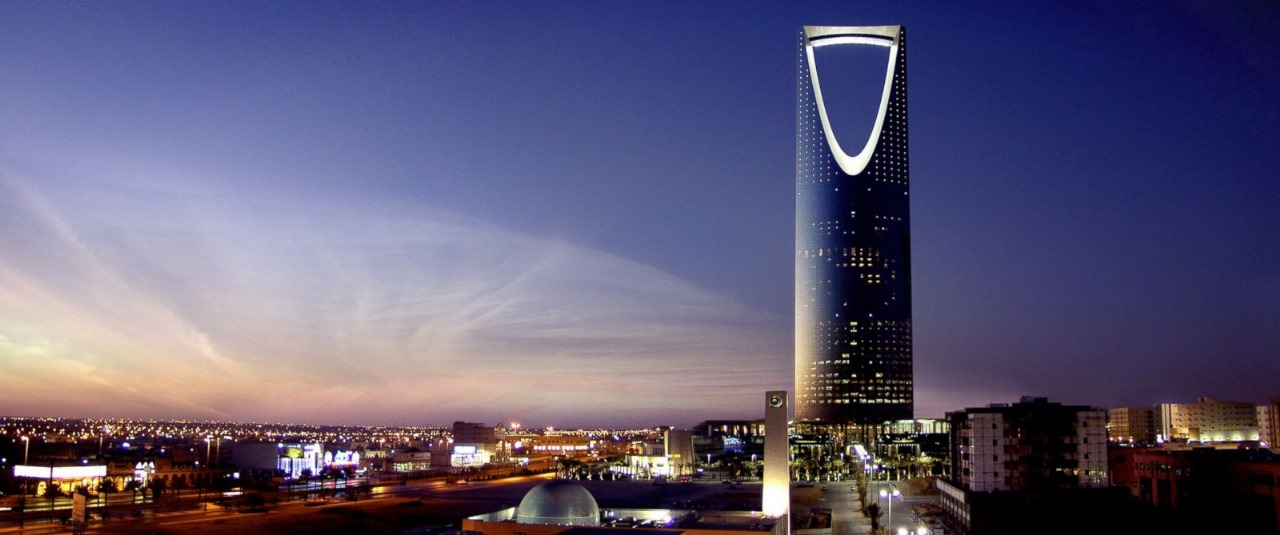Saudi Arabia has revised its economic growth forecast for 2026 upward to 4.6%, up from a previous estimate of 3.5%, driven by increased oil production and strong performance in non-oil sectors. According to the preliminary budget statement released by the Ministry of Finance, the kingdom expects its economy to surpass 5 trillion riyals for the first time in 2027, reaching 5.26 trillion riyals, a significant increase from earlier projections of 4.72 trillion riyals. This growth is largely attributed to expansion in non-oil activities and continued private sector leadership in driving economic momentum.
The government anticipates a budget deficit of 165 billion riyals in 2026, higher than the 130 billion riyals projected during the approval of the 2025 budget. Deficits are expected to persist through 2028, reflecting sustained public investment under the country’s economic reform agenda. Despite lower oil revenues due to falling prices—projected income is now estimated at 1.1 trillion riyals, down from 1.2 trillion—the fiscal strategy remains focused on long-term sustainability.
Total expenditures are set at 1.31 trillion riyals, slightly above prior estimates of 1.29 trillion riyals. The 2026 budget is described as expansionary, with spending rising by 2% compared to 2025, while revenues decline by 3%. Officials emphasize that the fiscal framework supports both economic growth and financial resilience, maintaining manageable levels of public debt and substantial reserve buffers.
Finance Minister Mohammed Al-Jadaan highlighted that 2026 marks the beginning of the third phase of Saudi Vision 2030, which aims to accelerate implementation, expand growth opportunities, and ensure lasting impact beyond the target year. The ministry outlined three fiscal scenarios for 2026: a low-deficit scenario at 107 billion riyals, the base case at 165 billion, and a high-deficit scenario reaching 250 billion riyals, reflecting global uncertainties such as geopolitical tensions and protectionist trade policies.
Non-oil GDP is expected to grow by 5% in 2025, contributing to an overall economic expansion of 4.4%. The kingdom projects its nominal GDP to rise from 4.6 trillion riyals in 2025 to 4.97 trillion in 2026, peaking at 5.64 trillion riyals in 2028. Revenue is forecast to reach approximately 1.29 trillion riyals by 2028, with total spending approaching 1.4 trillion riyals.
Al-Jadaan noted that public debt remains at relatively low levels compared to other economies and is well within safe thresholds relative to the size of the economy. This provides fiscal flexibility to respond to shocks or emergencies. The government continues to prioritize developmental and social spending while advancing structural reforms to enhance efficiency and sustainability.
In parallel, efforts to boost private sector participation and diversify the economy remain central to national strategy. Initiatives under Vision 2030 are expected to generate more jobs and deepen regional and sectoral development. The positive outlook exceeds International Monetary Fund projections of 3.6% and 3.9% for 2025 and 2026, respectively, underscoring confidence in domestic economic momentum.
— news from economyplusme.com
— News Original —
saudi-arabia-forecasts-4-6-economic-growth-for-2026-amid-expansion-of-non-oil-sector
Saudi Arabia has revised its economic growth forecast for 2026 upward to 4.6%, up from a previous estimate of 3.5%, driven by increased oil production and strong performance in non-oil sectors. According to the preliminary budget statement released by the Ministry of Finance, the kingdom expects its economy to surpass 5 trillion riyals for the first time in 2027, reaching 5.26 trillion riyals, a significant increase from earlier projections of 4.72 trillion riyals. This growth is largely attributed to expansion in non-oil activities and continued private sector leadership in driving economic momentum.
The government anticipates a budget deficit of 165 billion riyals in 2026, higher than the 130 billion riyals projected during the approval of the 2025 budget. Deficits are expected to persist through 2028, reflecting sustained public investment under the country’s economic reform agenda. Despite lower oil revenues due to falling prices—projected income is now estimated at 1.1 trillion riyals, down from 1.2 trillion—the fiscal strategy remains focused on long-term sustainability.
Total expenditures are set at 1.31 trillion riyals, slightly above prior estimates of 1.29 trillion riyals. The 2026 budget is described as expansionary, with spending rising by 2% compared to 2025, while revenues decline by 3%. Officials emphasize that the fiscal framework supports both economic growth and financial resilience, maintaining manageable levels of public debt and substantial reserve buffers.
Finance Minister Mohammed Al-Jadaan highlighted that 2026 marks the beginning of the third phase of Saudi Vision 2030, which aims to accelerate implementation, expand growth opportunities, and ensure lasting impact beyond the target year. The ministry outlined three fiscal scenarios for 2026: a low-deficit scenario at 107 billion riyals, the base case at 165 billion, and a high-deficit scenario reaching 250 billion riyals, reflecting global uncertainties such as geopolitical tensions and protectionist trade policies.
Non-oil GDP is expected to grow by 5% in 2025, contributing to an overall economic expansion of 4.4%. The kingdom projects its nominal GDP to rise from 4.6 trillion riyals in 2025 to 4.97 trillion in 2026, peaking at 5.64 trillion riyals in 2028. Revenue is forecast to reach approximately 1.29 trillion riyals by 2028, with total spending approaching 1.4 trillion riyals.
Al-Jadaan noted that public debt remains at relatively low levels compared to other economies and is well within safe thresholds relative to the size of the economy. This provides fiscal flexibility to respond to shocks or emergencies. The government continues to prioritize developmental and social spending while advancing structural reforms to enhance efficiency and sustainability.
In parallel, efforts to boost private sector participation and diversify the economy remain central to national strategy. Initiatives under Vision 2030 are expected to generate more jobs and deepen regional and sectoral development. The positive outlook exceeds International Monetary Fund projections of 3.6% and 3.9% for 2025 and 2026, respectively, underscoring confidence in domestic economic momentum.
